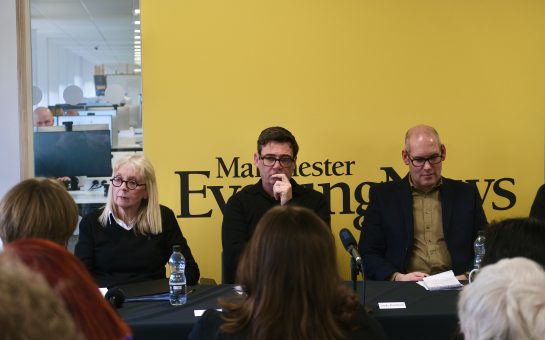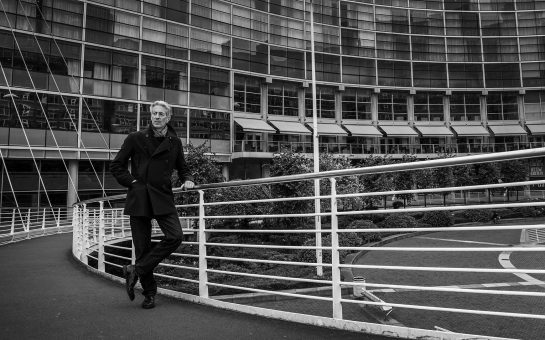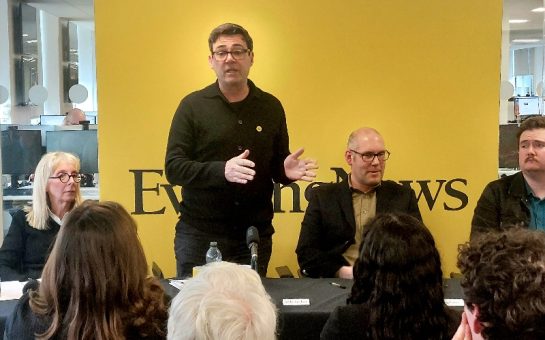In less than two months, Manchester City boss Manuel Pellegrini begins his mission to wrestle back the Barclays Premier League title from fierce rivals Manchester United.
The general mood surrounding his appointment seems to be one of excitement, although cynics point to the Chilean’s lack of trophies as a cause for concern.
But, as his managerial record in Spain proves, Pellegrini has demonstrated that he can get the best out of his players, by playing exhilarating attacking football.
Crucially, he has demonstrated an astute tactical ability in the Champions League, which will no doubt win over City fans after their club’s dismal European failures over the last two seasons.
In 2006, his Villarreal side, which he had built up of stars like Diego Forlan and Juan Roman Riquelme, reached the dizzy heights of the Champions League semi-finals.
Last season, his Malaga team were a poor offside decision away from reaching the same stage of the competition, losing in the dying moments to eventual finalists Borussia Dortmund.
Domestically, Pellegrini took Villarreal to second place in La Liga, to date the best league position in the club’s history.
In between spells at Villarreal and Malaga, he managed arguably the most prestigious side in world football, Spanish giants Real Madrid.
Despite amassing a La Liga points total of 96, unbelievably, this was not enough to stop Barcelona pipping Madrid to the title.
But can Pellegrini continue this success in England? If so, how will he do it?
Throughout his career, Pellegrini has shown that, tactically, he is among the elite coaches in world football.
If his previous methods are anything to go by, Pellegrini’s City will possess flair, flexibility, and most importantly strategy.
His teams have always had a South American style, in that they don’t rush to attack, but base their play around creative talents where necessary.
And the players at the heart of Pellegrini’s attack are likely to be Spaniards David Silva and Jesus Navas.
Pellegrini primarily uses a 4-3-1-2 or 4-2-2-2 formation suited to tiki taka football, which relies on situational width, rather than fixed wide players.
Under Pellegrini’s 4-2-2-2 formation, known as interiories, the emphasis was on wide players to drift inside, creating space for the full-backs to attack.
At the same time, forwards would drift outside to support the full-backs.
Pellegrini demonstrated this impeccably at Villarreal, using Juan Roman Riquelme to drift outside and draw defenders in, and repeated this trick at Malaga with playmaker Isco.
Interiories is a system undoubtedly suited to the guile and craft of Silva and Navas, and will complement the attacking abilities of full-backs Gael Clichy and Pablo Zabaletta.
At Malaga, Isco was the focal point of the attack, playing in the hole behind the striker, much like David Silva.
Another player destined to flourish in this system is City’s star striker Sergio Aguero, who possesses a high workrate and ability to operate on both flanks.
By contrast, Pellegrini’s predecessor Roberto Mancini favoured arguably a more defensive style of football, often using a 4-2-3-1 formation with less emphasis on wing play.
In fact, this is one major difference between Pellegrini and his predecessor.
Spanish winger Joaquin was a fundamental part of Pellegrini’s success at Malaga, operating both as a striker and in a deeper role.
Mancini, on the other hand, infamously froze promising young winger Adam Johnson out of the picture at City, preferring to use wingers who ‘put a shift in’, ala James Milner.
Other wingers, although not as high-profile as Navas, have failed to impress at City, including Shaun Wright-Phillips and Scott Sinclair.
Nevertheless, Jesus Navas will get the chance to shine at City that these players never did, and much is expected of the £14.9million signing.
Another noticeable difference in style likely to take place at Manchester City is the role of their defensive midfield players.
Pellegrini’s holding midfielders have always been able to both protect the back and four and construct attacking play, as seen with Marcos Senna at Villarreal.
Fernandinho, the £34million acquisition from Ukranian side Shakhtar Donetsk, is the kind of box-to-box midfielder who would complement this approach.
Using Fernandinho is likely to result in Pellegrini axing the less inventive Gareth Barry from the first-team.
Despite the hypothetical possibilities, these are yet to manifest themselves on the pitch.
Only once the season starts will the burning questions on the lips of Manchester City, and indeed most football fans, start to be answered.
Will the big-money signings pay dividends? Can the team perform in The Champions League? Will they clinch back the coveted Premier League trophy, which they won in such dramatic circumstances two seasons ago?
Whatever the outcome of Pellegrini’s reign, there’s one thing for certain: Manchester City fans can expect to sing a few olés next season.
Image courtesy of AlJazeeraEnglish, via YouTube, with thanks.
For more on this story and many others, follow Mancunian Matters on Twitter and Facebook.



